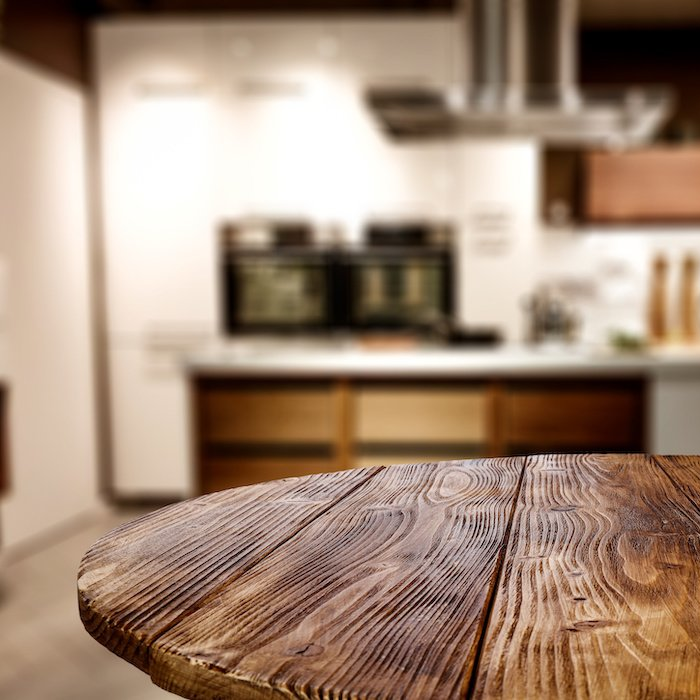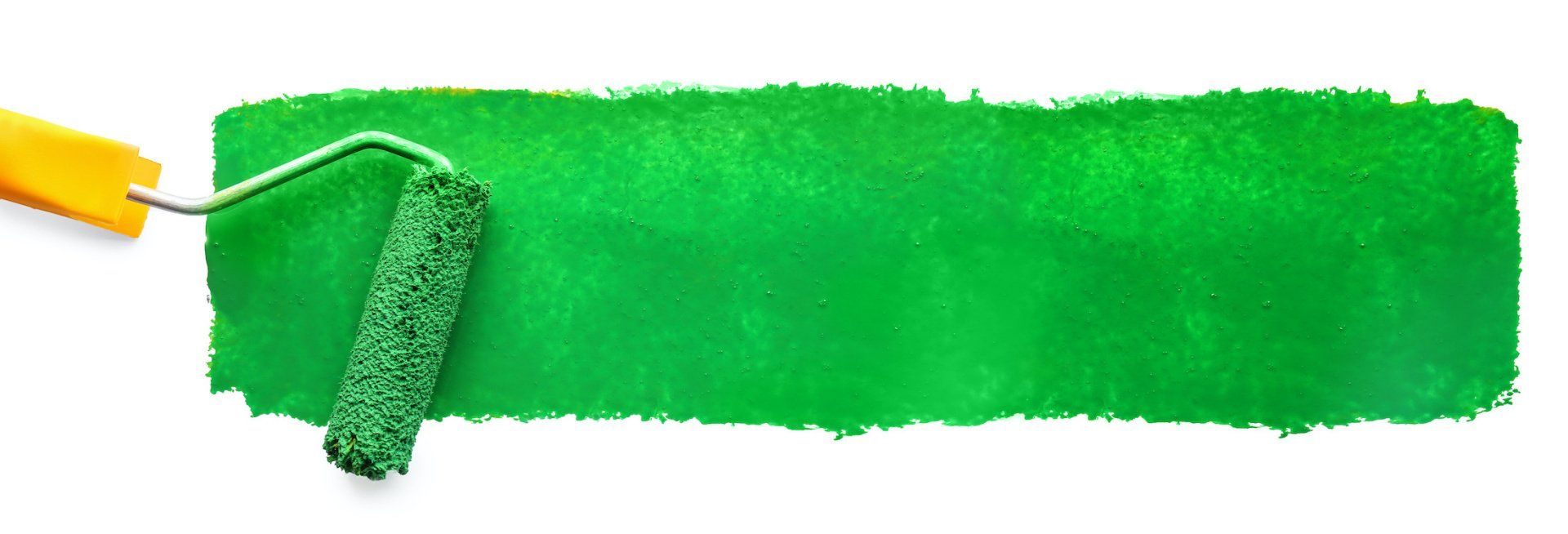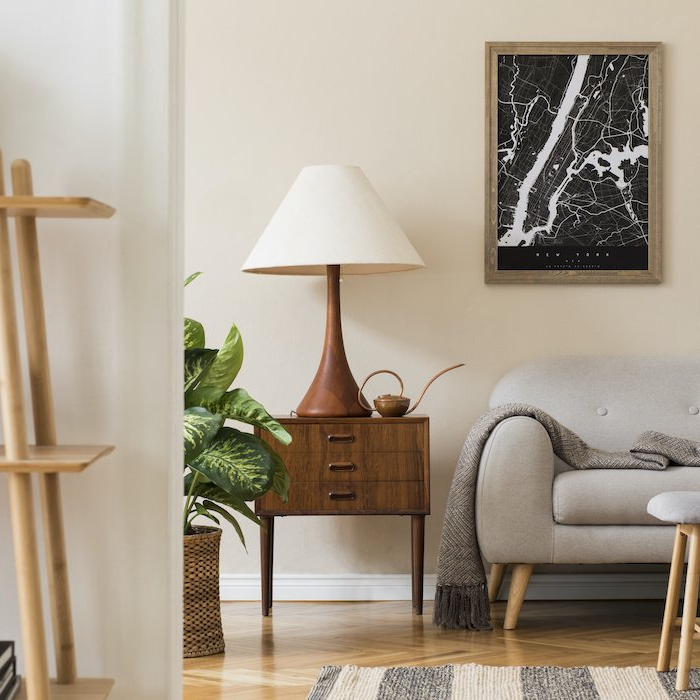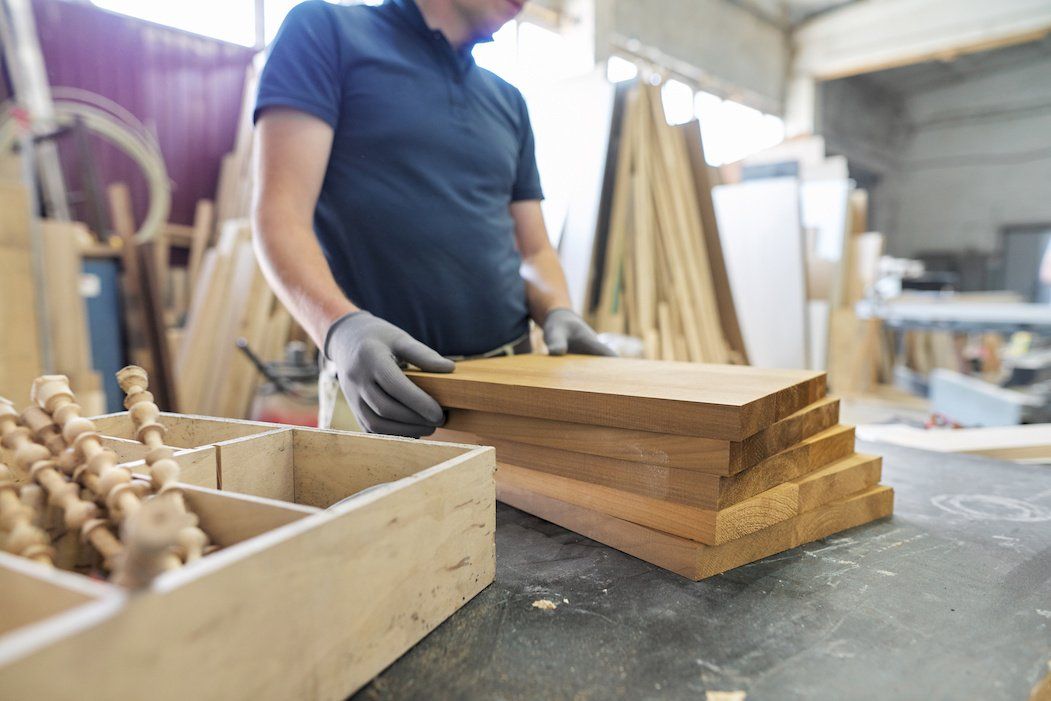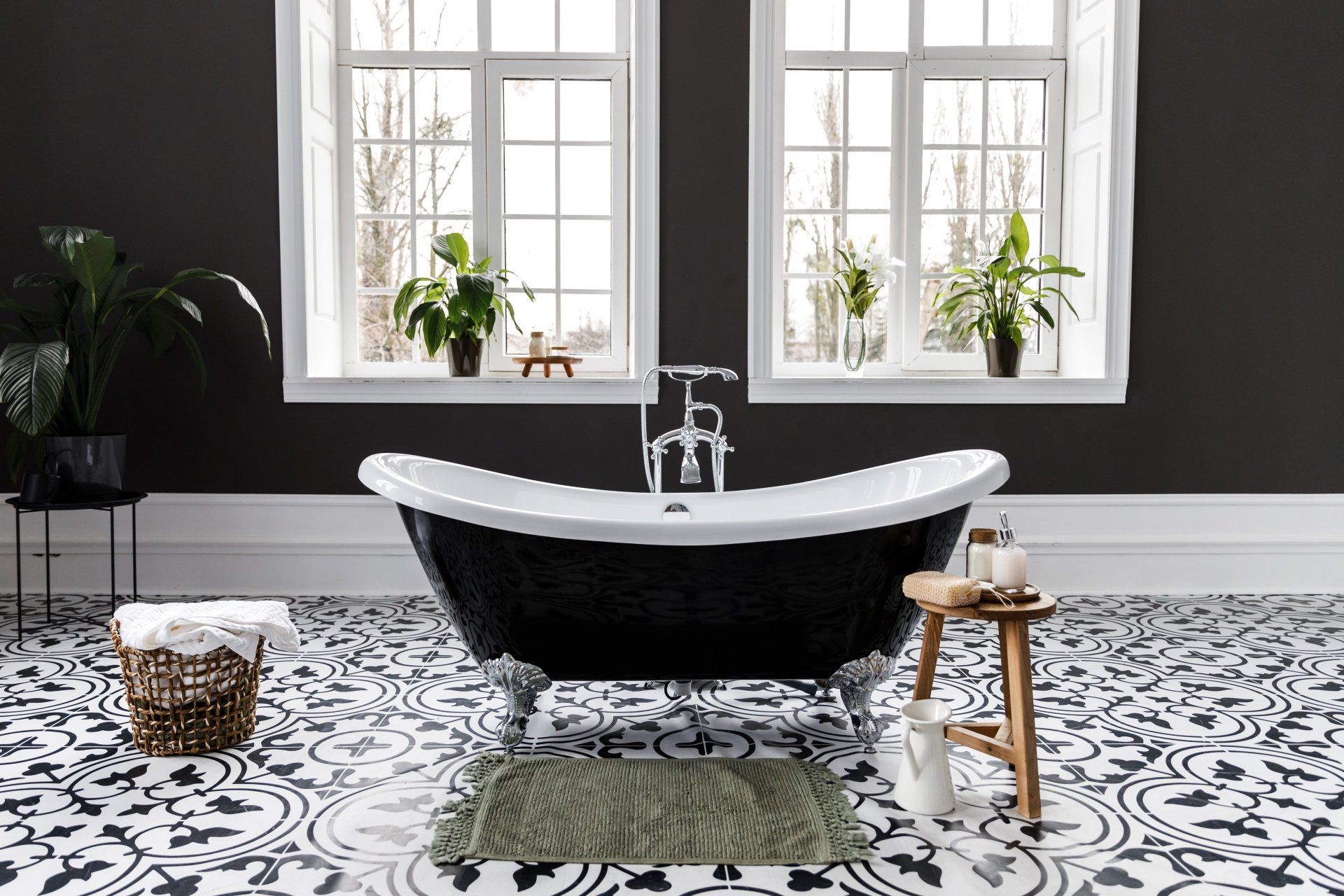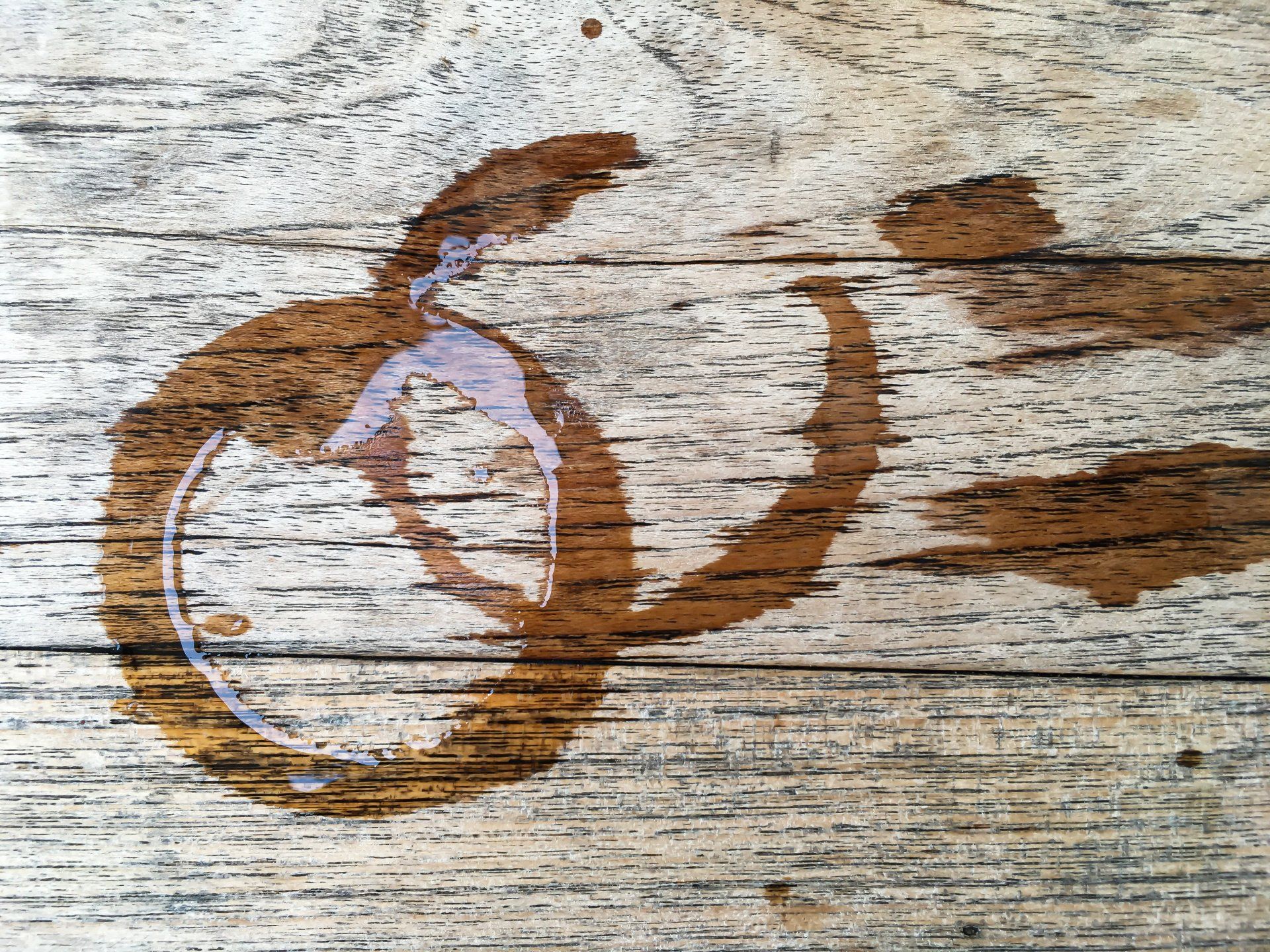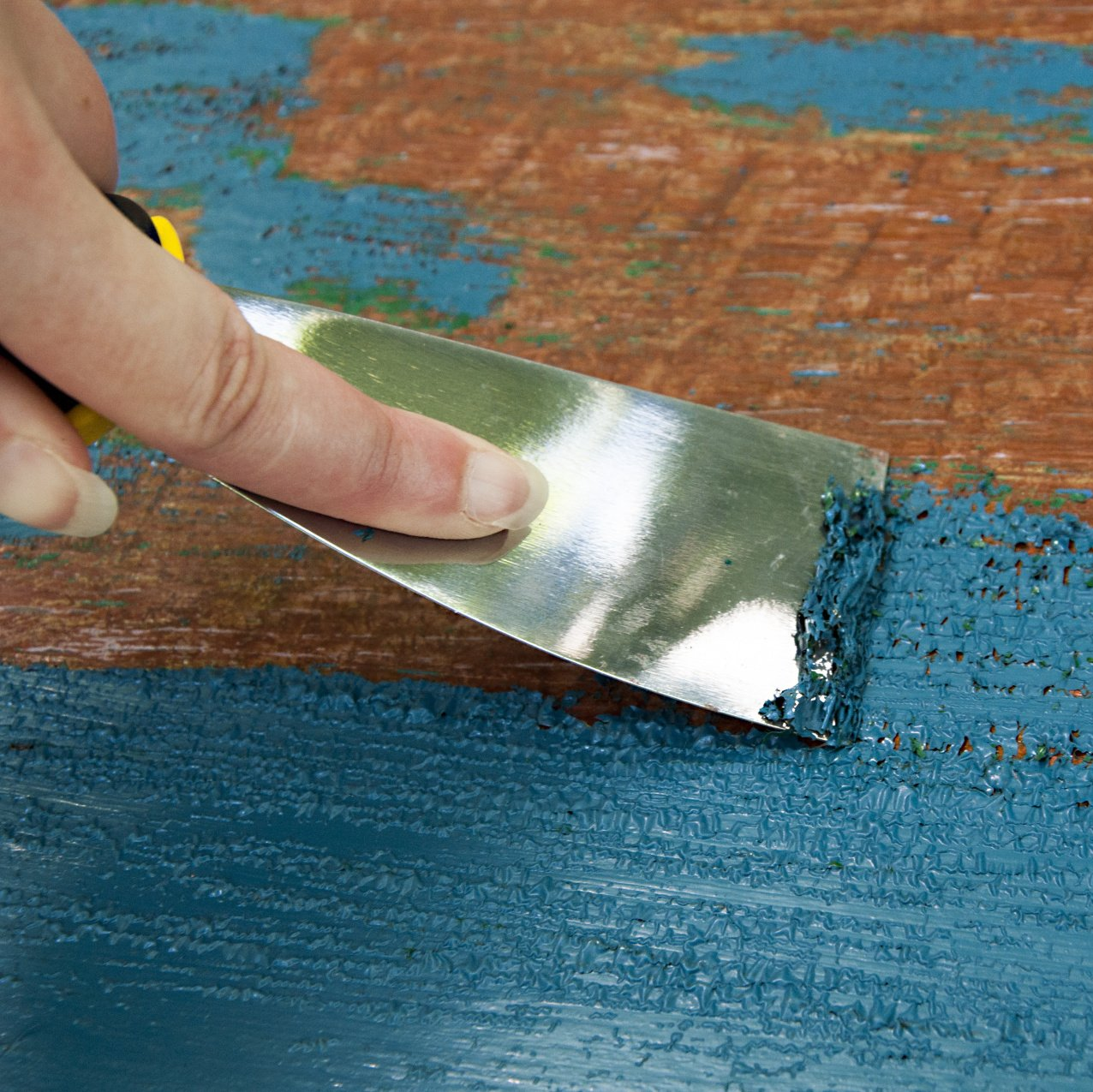How to Apply Metallic Paint to Walls
Sam Lutz • July 22, 2014
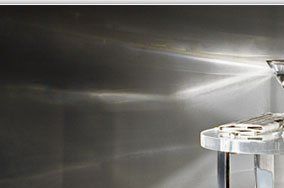
Metallic paints are a stand-out feature in any room, adding depth and shine to walls. Many paint companies offer their own line of metallic paint. One example is Benjamin Moore, which offers a line of Molten Metallics paint that has been specially formulated for use on walls and furniture. But how are metallic paints applied to walls? Is the process different from applying normal paint?
How Is Metallic Paint Different From Normal Paint?
Metallic paint is not more difficult to apply to the walls of your home than any other type of paint, however, sometimes lap lines between overlapping layers of paint are more obvious with metallic paints. This problem can be avoided with the extra steps described below.
Applying Metallic Paint to Walls
Begin by acquiring all the usual materials you’ll need to paint a room. This includes:
- Spackling
- Tarps
- Paint Brushes
- Paint Rollers
- Painter’s Tape
- Paint Trays
- Stir Sticks
- Primer
- Rags
- Metallic Paint
- Paint Extender
For a more complete list of painting materials, check out this link on ApartmentTherapy.com. Now, time to get started with your project.
Step 1: Prep your walls and paint your walls with primer.
Lay down your tarps, wash the walls and patch any areas of the walls that need spackling. Paint your walls with primer and wait for the paint to dry.
Step 2: Add extender to the metallic paint.
As mentioned before, lap lines on metallic paints can be more obvious, especially if you’re painting a wall of solid metallic paint. The extender will lengthen the drying time for your metallic paint, giving you a chance to smooth the lap lines before the paint dries.
Step 3: Paint the first wall with metallic paint.
Paint the wall as you normally would, using rollers over the big areas and paint brushes to cut in the corners and edges of the walls.
Step 4: Use rollers to smooth the lap lines.
This is done by placing the roller at the base of the wall and rolling upward. Roll in one direction only. Do not press the roller into the wall, just let it rest lightly on the wall. Then, move over just a little to the right, and start at the base of the wall, and roll upward to the top. Repeat this process until the entire wall has been covered. This one-directional rolling will smooth out the paint on the wall and cover any lap lines. Rollers with tapered edges work best for this. This must be done before the paint dries, hence the paint extender. This is also why you’re only painting one wall at a time.
Step 5: Repeat this process for each wall of the room.
Alternative Paint Process:
You may find that you like the lap lines. For a textured, almost brushed-metal effect, consider painting the entire wall with a large flat paintbrush, as described in this video:
Projects Involving Metallic Paint
It’s possible that you’re wondering at this point why one might apply metallic paint to walls. Here are just a few house painting projects that involve applying metallic paint to the walls of your home:
- Murals, especially in a child’s bedroom (imagine the possibilities–like using metallic paint in a space-themed mural!)
- Accent lines
- Creating faux effects and textures
- Stencil patterns
- Furniture
Metallic paint has a texture and sheen that works really well in formal rooms like dining rooms. For example, you might consider painting a metallic silver paint over gray walls using a sea-sponge roller for a textured effect. You’ll still see the gray paint beneath the silver metallic paint, but the walls will have a shimmery, patterned quality that you can’t achieve with ordinary house paint.
Recommendations
Metallic paint can be really impressive, and even a little overwhelming. If you’re thinking about painting an entire room with metallic paint, you may want to start by painting an “accent wall“. Once you’ve seen how the effect works in the room, then you can decide if you wish to proceed with painting the rest of the room.
Do your homework before you decide to paint an entire room with metallic paint. If you’re going for a textured effect, do a trial run on a sample of the wall. This way, you can troubleshoot any issues that might arise and decide if this effect is right for your home. If you’re going to stencil a pattern on the wall, try out the stencil on a disposable board first, to ensure that you know what you’re getting into.
To learn more, stop by Ace Paints
to talk to one of our paint experts. We’ll show you what you need to get started and can answer any questions you might have about the process.
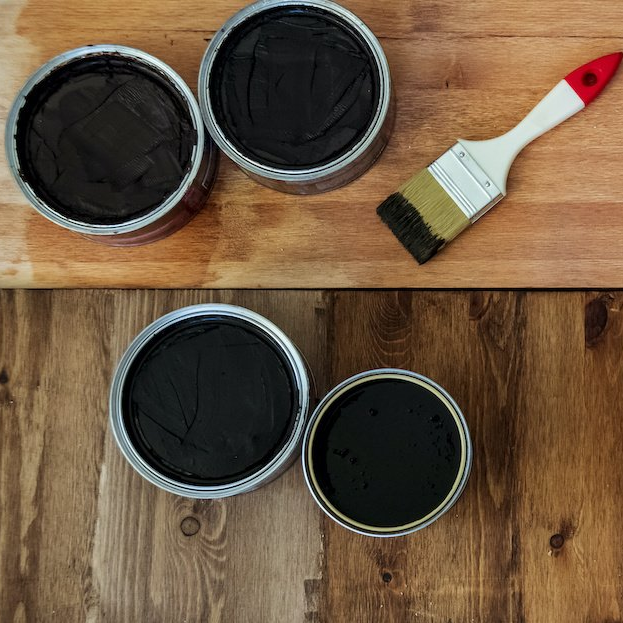
One of the wonderful things about good wood furniture is that it doesn’t have to be merely functional. It can be beautiful as well. We’ve seen some amazing pieces made with wood stains that are more than just furniture, they’re works of art. So if you’ve got an old table, desk or other piece of wood furniture that needs jazzed up, why don’t you consider using some of our great stains to try one of these ideas.

